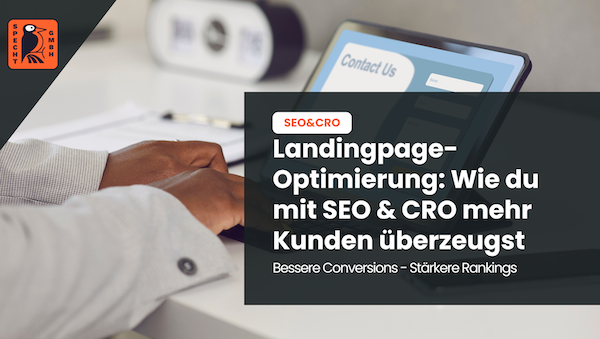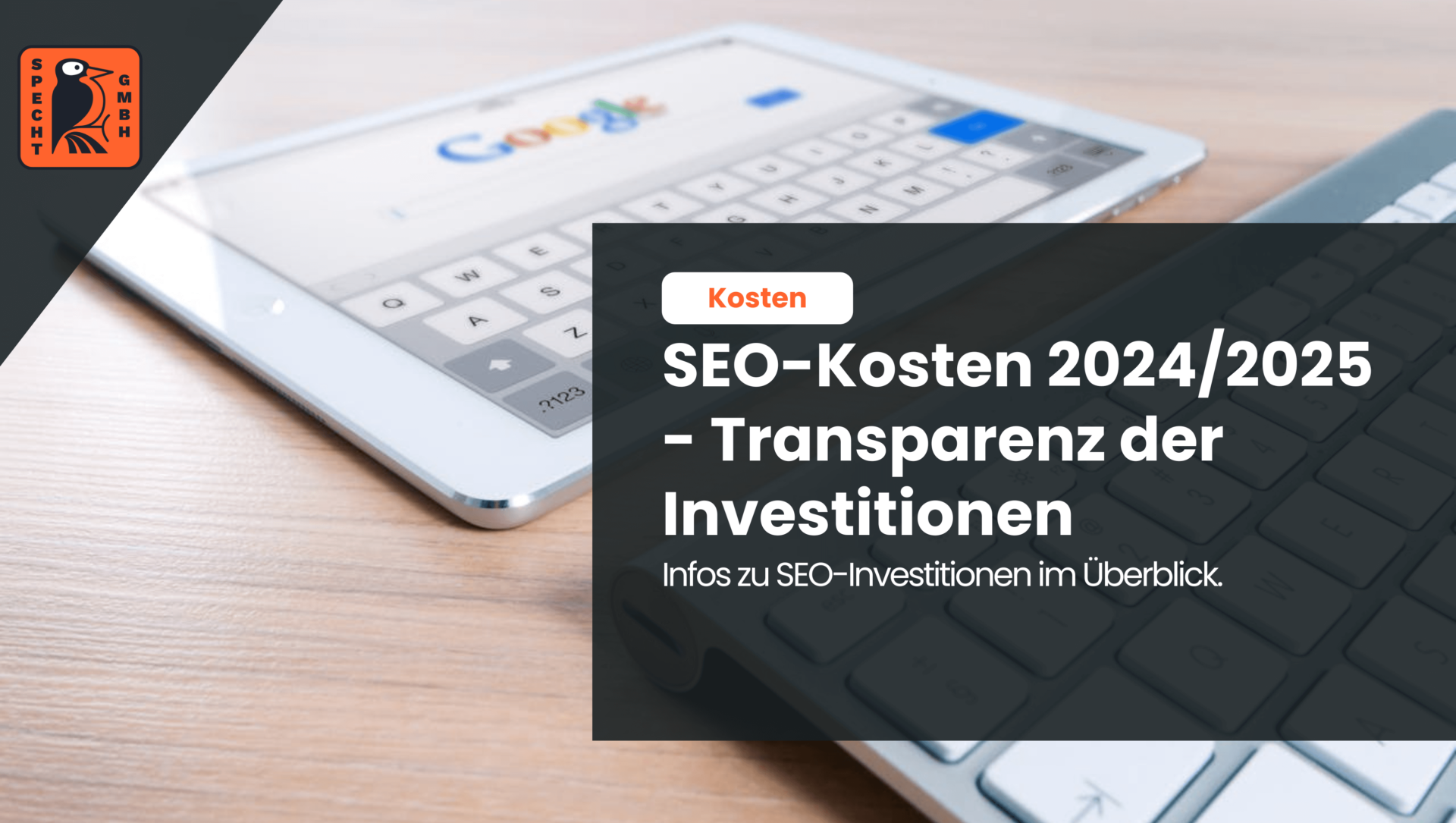In a nutshell: What is direct marketing?
Direct marketing is when an advertisement is sent directly to the customer and it can be ensured that it will definitely reach them. Direct marketing is primarily used to acquire new customers. It is important to proceed carefully so as not to appear intrusive and scare off potential customers.
Direct marketing: A definition
Direct marketing is one of the most popular marketing strategies for reaching existing and potential new customers. It allows you to make direct contact with customers and create a personal approach.
The following methods count as direct marketing:
- Telephone
- Letter
- Home visit
As direct marketing is primarily about eliciting a response, the measures are always linked to a CTA (call to action) . This is a request to do something.
A reaction to direct marketing can be, for example, the purchase of a product, but also the subscription to a newsletter. The objectives here are very different and depend on the respective company.
Communication is the most important aspect of direct marketing. This is why direct marketing is often referred to as dialog marketing - you are in dialog with your (potential) customers.
Why is direct marketing so relevant today?
Nowadays, most companies use the Internet for marketing purposes. As a result, users are virtually overwhelmed by information and advertising. It is difficult to stand out from the crowd and remain competitive.
This is where direct marketing comes into play. A personal approach to the customer sets you apart from standardized marketing measures. This gives you the chance that more users will respond to your request.
But be careful: there is a fine line between direct marketing and intrusiveness. To ensure that users do not feel annoyed by your marketing measures, you should plan the deployment well and develop a strategy.
Direct marketing as an ideal addition to the marketing mix
Direct marketing is an integral part of the marketing mix. It is important for your omnichannel marketing, as you can use it to skilfully supplement traditional advertising measures to create an individual and targeted approach to your target group.
The advantages over other marketing measures are obvious: you can create personalized offers, get closer to your customers and are flexible when it comes to adapting to changing market conditions.
Direct marketing also allows you to better monitor success. This allows you to continuously improve your products and services and tailor them to your customers in order to achieve optimal results.
- I am one of the leading SEO experts in Germany
I am known from big media such as Stern, GoDaddy, Onpulson & breakfast television and have already worked with over 100+ well-known clients successful on Google.
Google rating
Based on 185 reviews
Trustpilot rating
Based on 100 reviews
3 different types of direct marketing
There are different ways in which you can use direct marketing. We distinguish between 3 approaches, each of which has its own special features.
Passive direct marketing
With passive direct marketing, you make customers aware of your offer. Although there is no direct contact with the customer, there is an invitation so that a response follows.
The following media are suitable for passive direct marketing:
- Flyer
- Advertising letter
- Brochure
- Brochure
- Mailing
- Catalog
Passive direct marketing can result in a high level of customer loyalty. What is not possible, however, is control. After all, there is no direct dialog. Advertising materials are also not individually designed and tailored to the respective customer.
There is therefore a great danger with passive direct marketing: the advertising material may not be noticed at all and end up directly in the wastepaper basket - regardless of whether it is physical or digital. With e-mailings, there is also a risk that they will end up in the spam folder.
Response-oriented direct marketing
This form of direct marketing is aimed at the reactions of users. The advertising must therefore contain an invitation. In most cases, a dialog with the company is sought.
You can use various response elements. Here are a few examples:
- Mailing with reply option
- Advertising letter with invitation to reply
- Advertisement in a newspaper or magazine with reply coupon
- Spot on radio or TV with insertion of e-mail address or telephone number
This form of direct marketing is particularly suitable for strengthening customer loyalty. Although the advertising material is not individualized, it is addressed directly , which increases the likelihood of a response.
Interaction-oriented direct marketing
The aim here is to enter into a direct dialog with a user. The aim is a two-way flow of information. This form of direct marketing therefore only works through personal contact.
Possibilities are conversations over the phone, on site, via video telephony or via chat. Here too, customer loyalty is very high. Customer proximity increases automatically through direct contact. With this approach, you just have to be careful not to come across as pushy.
Sub-areas of direct marketing
If you want to carry out direct marketing, you have various means at your disposal. We can divide these into the various sub-areas of direct marketing. You should aim for a mix of these measures.
Dialogue marketing
As the name suggests, dialog marketing focuses on dialog. The aim is for customers to get in touch with the company. This requires very high-quality advertising materials , which in the best case are also individually tailored to the customer. Telephone calls or emails are best suited for dialog marketing.
CRM (Customer Relationship Management)
Customer Relationship Management - CRM for short - is an integral part of most large companies. It refers to the systematic management of existing customers. The big advantage: customer data is already available.
You can use this to increase customer loyalty. You can use CRM to segment your customer bases, i.e. divide them into individual groups. The more detailed this division is, the more targeted your direct marketing can be.
What data is relevant in the course of customer relationship management? This includes
- Purchasing behavior
- Activities
- Geographical data
- sociographic data
- demographic data
- Contacts with the company
CRM is therefore strongly related to data. This is why it is also referred to as database marketing.
Direct advertising
Direct advertising is very simple. However, it is very different from mass advertising. Personalized emails or letters are sent as part of this process. A personal salutation or other personalized elements create an incentive for the customer to respond and get in touch with the company.
Objectives of direct marketing
As with other marketing measures, the same applies to direct marketing: the goals you pursue depend on you and your company. Depending on what you want to achieve, this will influence your direct marketing strategy.
Anyone who has founded a new company, for example, can use direct marketing to acquire new customers. Established companies may want to strengthen the bond with their customers. And still others want to take their support for existing customers to the next level.
In most cases, direct marketing is not about selling products in the short term. Rather, it is intended to build long-term customer relationships. With a CRM, for example, products and services can be individually tailored to customers in the long term.
-
Free
SEO strategy meeting
In a free SEO strategy talk, we uncover untapped potential and develop a strategy to help you become more successful on Google.

- More organic visibility
- More organic visitors to your website
- More inquiries & sales
Advantages of direct marketing
There is a reason why direct marketing is so popular. It is extremely worthwhile for companies. Above all, the advantages speak for themselves.
Customer proximity
Direct marketing brings you very close to the customer. This allows you to respond individually to their wishes and needs. The result is increased satisfaction and the possibility of a long-term customer relationship.
Good measurability
If you use direct marketing, you can easily measure how successful individual measures have been. This allows you to continuously improve your strategy. Immediate feedback from your target group or customers allows you to initiate appropriate measures directly.
Good control
You can control direct marketing very well. If your campaign is well planned, you can reduce wastage to a minimum. As direct advertising is played out exactly where it has a benefit, you can reach many users.
Cost efficiency
Direct marketing is one of the most cost-efficient marketing strategies. You can control your costs well and achieve success with little effort. However, there are of course costs for individualization for the customer. This also increases costs.
However, the fact that this expenditure pays off means that direct marketing is a very efficient approach.
The challenges of direct marketing
- Legal requirements: In Germany, direct marketing is subject to strict legal requirements. For example, there is the Unfair Competition Act (UWG), which regulates unsolicited advertising.
- Data protection: You must handle your customers' data with care. In the course of direct marketing, it is essential to comply with all data protection regulations.
- Advertising fatigue: More and more users are overwhelmed by the amount of information and offers they are bombarded with every day. The resulting advertising fatigue makes it difficult for you as an advertiser to remain relevant. You therefore need to develop innovative and, above all, relevant offers.
Dialog marketing instruments
In addition to theoretical approaches that explain how dialog marketing works, practice is also crucial. If you want to address your potential customers directly, you need the right strategy. And to develop this, you need to use certain tools.
Letters and direct mail
The absolute classics are direct mail or letters. Direct mail is advertising material such as catalogs, brochures or flyers that land directly in the mailboxes of the target group.
Quality is crucial here if your advertising material is to be effective at all. You also need to find the right way to get your letters or direct mail items out to people. Sending them by post is reliable, but expensive. However, self-distribution is often too costly.
Advantages of direct mail:
- High presence and good visibility in the everyday life of the target group
- Haptic experience, as a physical advertising medium
- Broad distribution and therefore high reach
- Low risk of penalties due to violations of competition law
Telephone
Another classic in direct marketing is the telephone. It is even considered one of the most important tools of all. However, before you can get started, you need to make sure you have the express consent of the person you are calling. Otherwise, you risk not only displeasure, but also high fines.
Advantages of the telephone instrument:
- Personal and individual communication
- greater persuasiveness
- Possibility to clarify questions and concerns immediately
In the meantime, e-mail has also become a classic instrument in direct marketing. This approach is also known as mailing. E-mail is used primarily in e-commerce, but also in many other sectors.
Advantages of e-mails:
- Many interaction options through CTAs and links
- Personalization of content and approach
- Measurability and success control
- Fast and cost-effective, and therefore very efficient
SMS
SMS is very modern, as it is one of the most widely used means of communication. However, SMS is becoming outdated, so you can also switch to a messenger service .
Advantages of SMS:
- Immediate delivery and awareness by recipients, thus high presence
- High degree of opening
- Simple integration of CTAs and links
- preferred method of communication for many people
Publicity
Public advertising is particularly direct. You can approach people directly in front of your store, for example. It is important that you mark the approach as advertising to be on the safe side legally.
Doorstep advertising
Door-to-door advertising is classic, but somewhat controversial. This involves company employees visiting their target group at home. As this can quickly come across as intrusive and does not enjoy the best reputation, this form of direct marketing must be extremely well planned. If in doubt, you can fall back on the other instruments mentioned.
Conclusion: What is direct marketing?
Direct marketing is a popular marketing strategy that you can use to achieve various business goals. To be successful in direct marketing, you should be aware of the challenges, develop an individual strategy and familiarize yourself with the forms of direct marketing. All in all, direct marketing is worthwhile for most companies and leads to great success if it is carried out correctly.
- Do you know my SEO newsletter?
Register now and receive regular tips from the experts.






